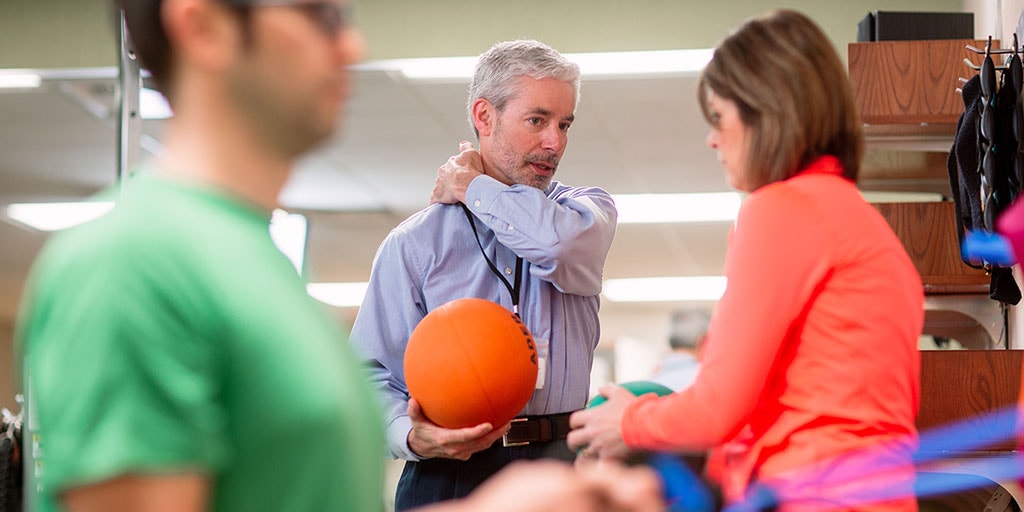Empowering Clients Through Instruction in Cardiac and Pulmonary Rehabilitation for Improved Recovery plus Quality in Living.
Empowering Clients Through Instruction in Cardiac and Pulmonary Rehabilitation for Improved Recovery plus Quality in Living.
Blog Article
Cardio-pulmonary rehabilitation is an important initiative created to assist patients recover from cardiac and lung diseases. It centers on improving patients' fitness-related fitness, education, and overall health. Patients who participate in these initiatives often experience improved recovery and a higher quality of life. By offering instruction tailored to personal needs, cardiopulmonary rehabilitation empowers individuals to assume control of their health and take informed decisions about their care and lifestyle.
One crucial element of cardiopulmonary rehabilitation is physical activity regimen. Physical activity is crucial for fortifying the heart and respiratory system, which can turn impaired due to disease or lack of exercise. Patients typically participate in supervised fitness sessions that are secure and slowly increase in difficulty. These sessions assist to develop endurance and enhance overall fitness-related function. As individuals become more engaged, they often notice gains in their vitality levels and daily tasks, such as strolling, climbing stairs, and taking part in community events.
In addition to physical activity, instruction plays a significant role in cardiopulmonary rehabilitation. Patients learn about their specific conditions, treatment options, and the importance of lifestyle modifications. This instruction assists clarify their conditions and lessens emotions of anxiety or discontent. Understanding how their bodies work and the effects of medications and treatments allows individuals to make better decisions regarding their health. Knowledge about topics like nutrition, smoking cessation, and stress management can result to permanent modifications that encourage recovery and avert future problems.
Another important component of rehabilitation is emotional support. Living with chronic cardiac or pulmonary ailments can be difficult and may result to feelings of look at this now stress or depression. Patients are often motivated to discuss their stories and emotions in a nurturing group setting. This fellow bond can be extremely helpful, as it provides a sense of community. Support from healthcare professionals, family, and friends also plays a crucial part in the rehab process, aiding to build resilience and drive.
Overall, the goal of cardiopulmonary rehabilitation is to article enhance recovery and boost standard of life for individuals. Through customized exercise programs, comprehensive instruction, and psychological assistance, patients are empowered to take control of their well-being. By proactively engaging in their recovery process, individuals can undergo a refreshed feeling of confidence and independence. This comprehensive method not only assists in physical healing but also fosters a healthier outlook, resulting to a more fulfilling life despite the challenges of coping with cardiac or lung diseases.